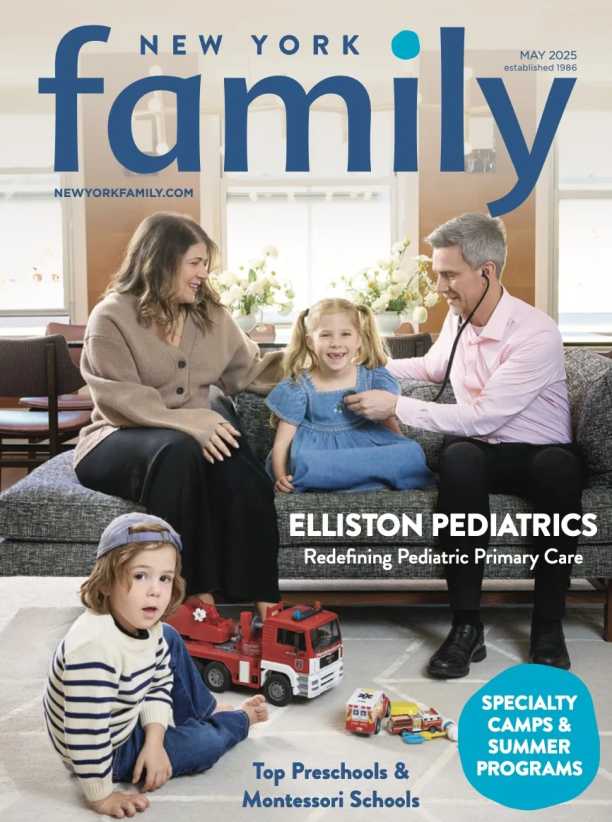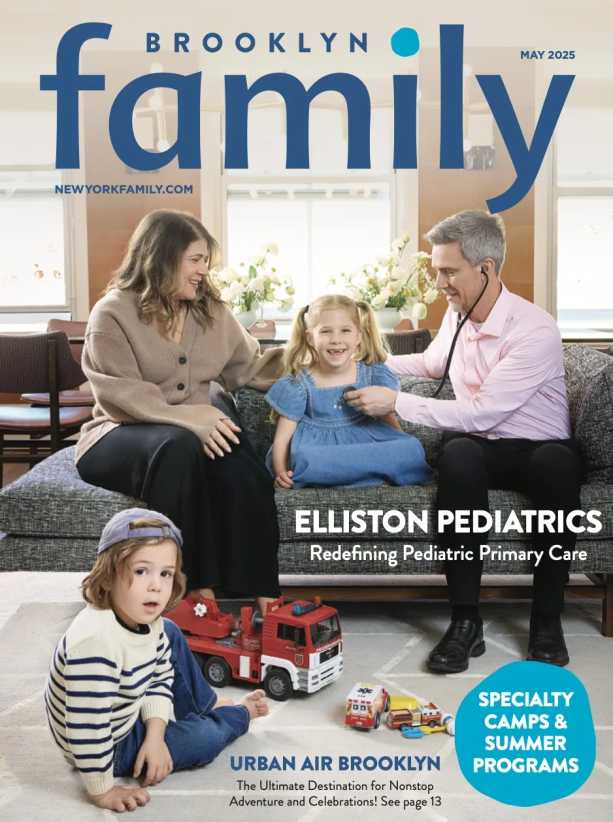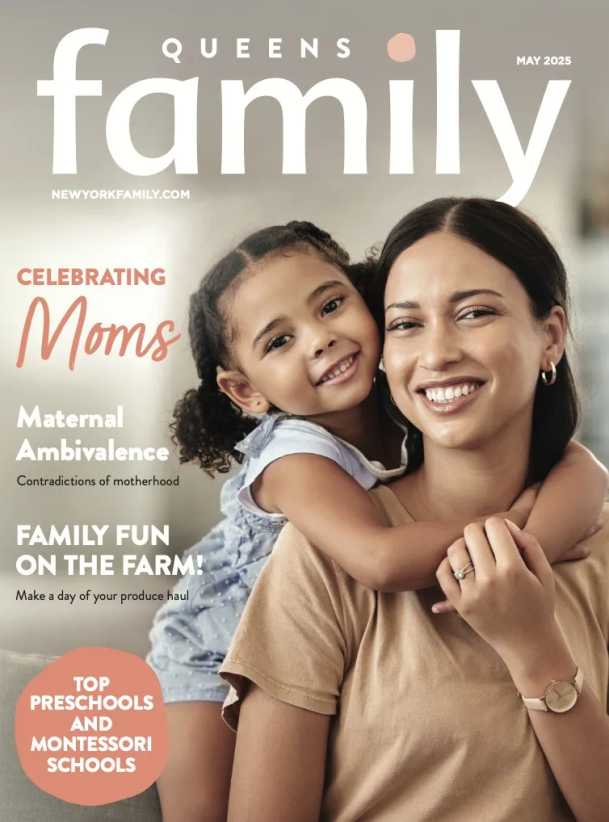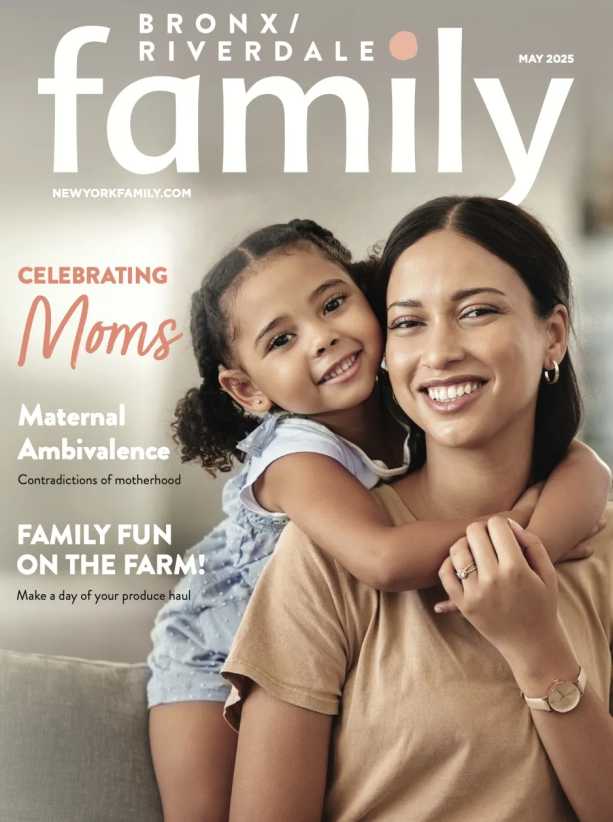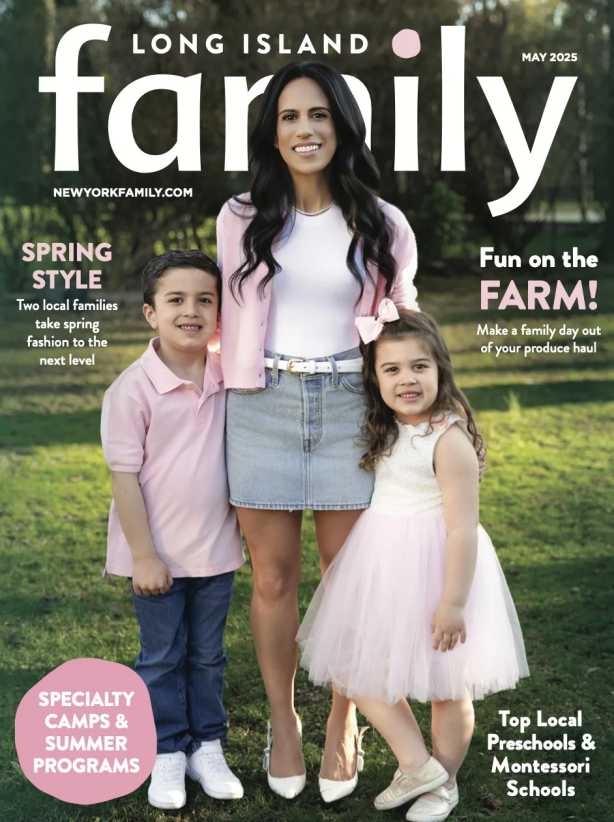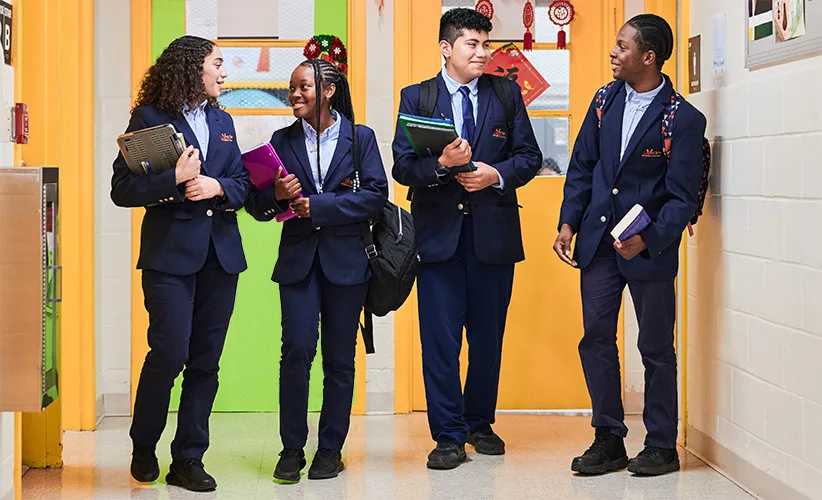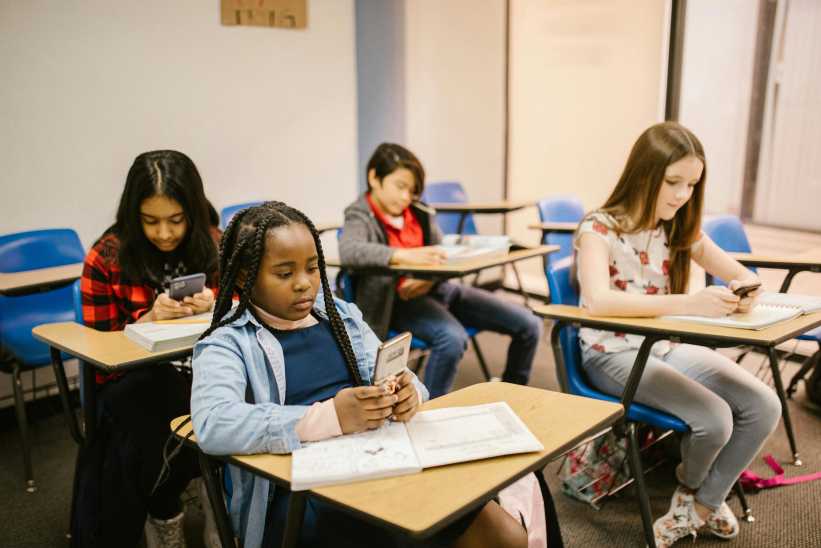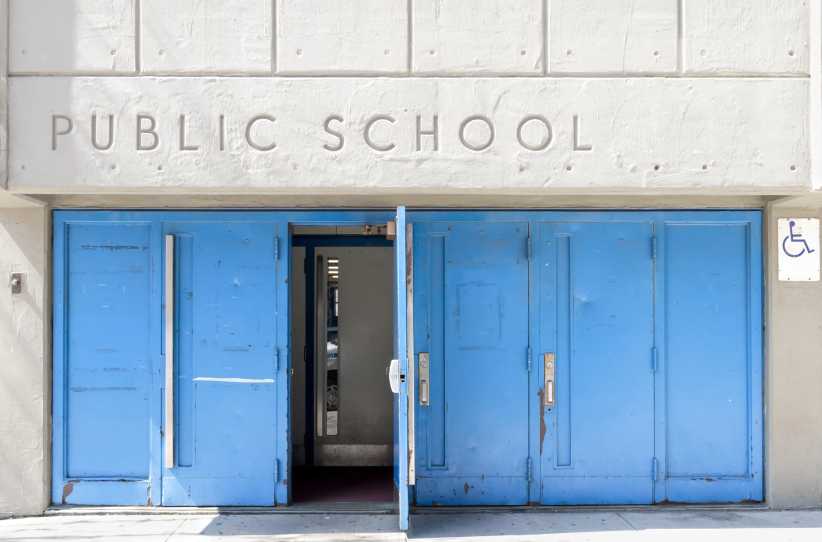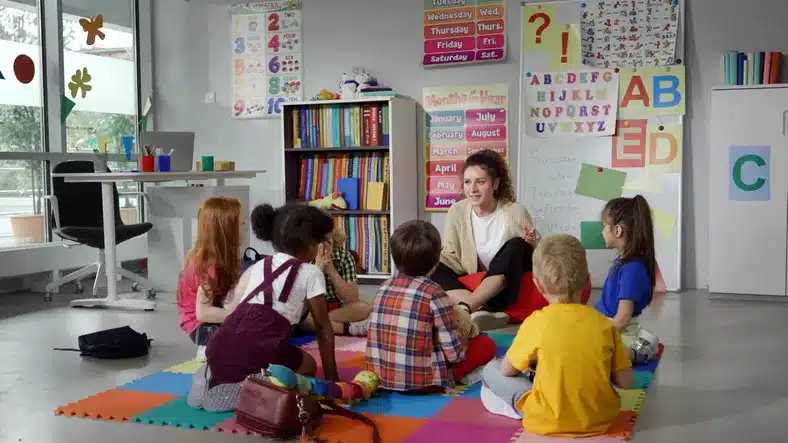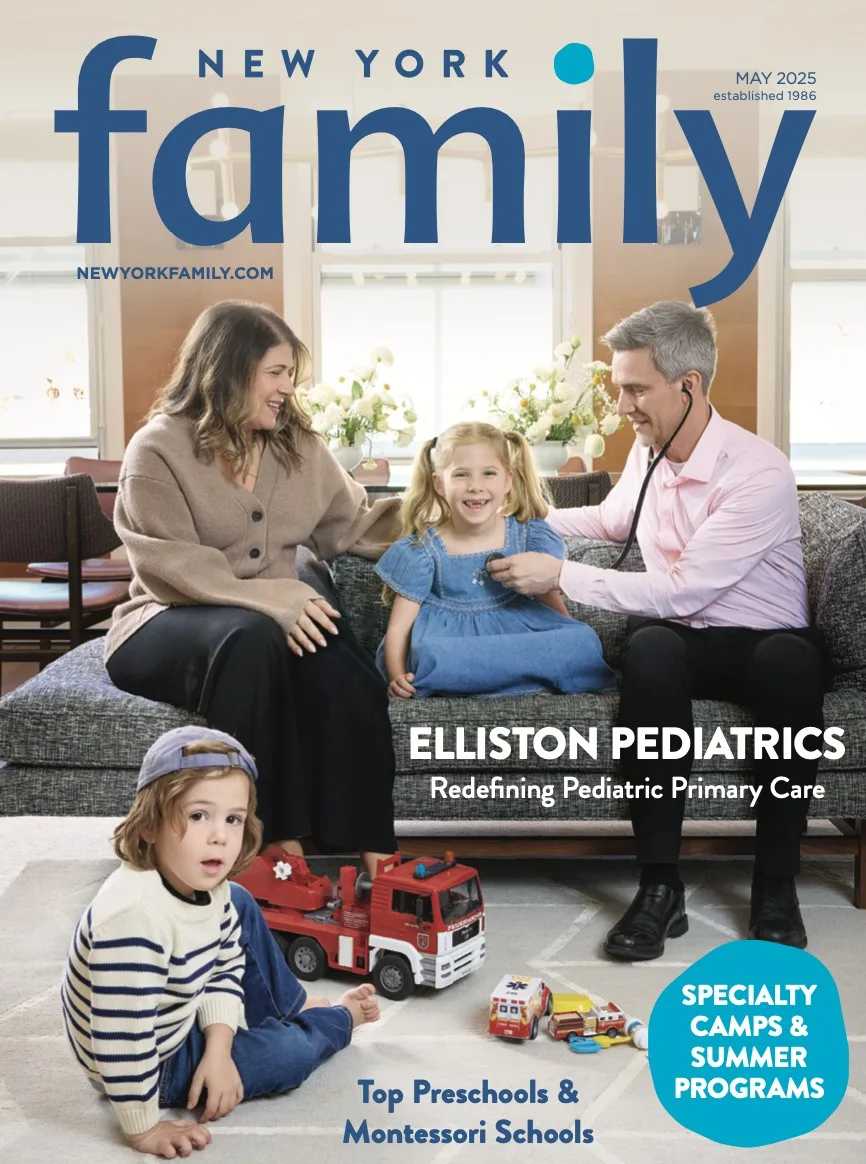
It is prime school-search season in New York City. If you are one of thousands of families weighing their child’s educational options for pre-Kindergarten, elementary, middle, and high school, you are in the thick of applications, essays, and assessments or testing. Aside from your normal work and daily activities during this time, you now must add researching schools, contacting administrators, and touring neighborhood options to your busy to-do list. This is true whether you considering public or private schools.
So, how does one choose the best option? Begin with the big decision—public or private. Then, take a look at the options within your preferred category. For those utilizing the City’s public school options, you have many options in your district, with priority at your zoned school, and you will also have access to a host of charter schools.
[gravityform id=”18″ title=”false” description=”false” ajax=”true”]
Charter schools (founded by not-for-profit Boards of Trustees) receive government funding, but unlike public schools, they operate independently under a contract (or “charter”)—an example of what has been labeled by some as “public asset privatization” or contracting out. Many of the city’s charter schools utilize public school space. Since the passing of the New York Charter Schools Act of 1998, there has been debate from government officials and families alike on whether these schools should be considered public. According to the United States Department of Education, given that charter schools are open to all students and do not charge tuition, they are categorized right alongside your area public schools.
“We serve the communities in which we are located, and in 2019–2020, we will offer Kindergarten through grade 2,” says Emily Kim, the Chief Executive Officer of Zeta Charter Schools, which has sites in the South Bronx and the Inwood/Washington Heights areas. Zeta opened its doors in the fall of 2018.
Charter schools may not have all the regulations of a districted school, but they are accountable for academic results and upholding promises that the charter school stemmed from. With well over 200 charter schools in the city, there are tens of thousands of New York City families that are served by these institutions, and these schools have thousands more on their waitlists.
So, why are so many families choosing charter schools? Charter schools have more flexibility in their offerings, a longer school year, extended daily hours, and additional programming. “Much of my experience is in charter education, and I love how charters are free to innovate and raise the excellence bar for children,” Kim says.
Although every charter is different (the model, goals and policies may vary) — overall, they are outperforming their neighborhood counterparts on state tests (English language arts and math). “Parents deserve to have a high-quality school option, as well as a choice as to where they send their children to school. Charters provide parents with much-needed educational options for their children, which raises the bar for public education generally,” Kim says. “We serve families, and want them to be close partners with us in their children’s education. Through this partnership, we ensure children meet their highest and best potential.”
Many families are drawn by the opportunity to send their children to high-performing charter schools. Most operate through a lottery placement system due to the demand. “We were zoned for a failing public school (math and reading scores were in the single-digit percentile) and private school is too costly,” says Tiffany G., who is a parent at Harlem Hebrew Language Academy Charter School. Her daughter, now in fourth grade, started at the school in Kindergarten.
“Public schools in New York are wonderful, if you are wealthy and thereby able to afford an affluent neighborhood where high-quality public schools can be found. For many who are not wealthy or able to afford expensive neighborhoods, public schools are poor performing, sometimes perilous places. The current public school system exacerbates our city’s economic system of haves and have-nots, while many charter schools offer a high-quality of education accessible to all New Yorkers regardless of income,” she says. Adding: “There is a tremendous amount of variety among charter schools, as they are not bound by all the same regulations as public schools. Shop around to find the school that is the best fit for your child’s learning needs.”
For families in the midst of the school search, an online common application (available via nyccharterschools.org) represents approximately 75 percent of New York City’s charter schools adding ease to the process of applying. The online form, due by April 1, makes searching school options and information on each accessible. New York families interested in applying to charter schools should check individual school websites for listings of tours, open houses, and application instructions.
Shnieka L. Johnson is an education consultant and freelance writer. She is based in Manhattan, where she resides with her husband and son. Contact her at shniekajohnson.com.
